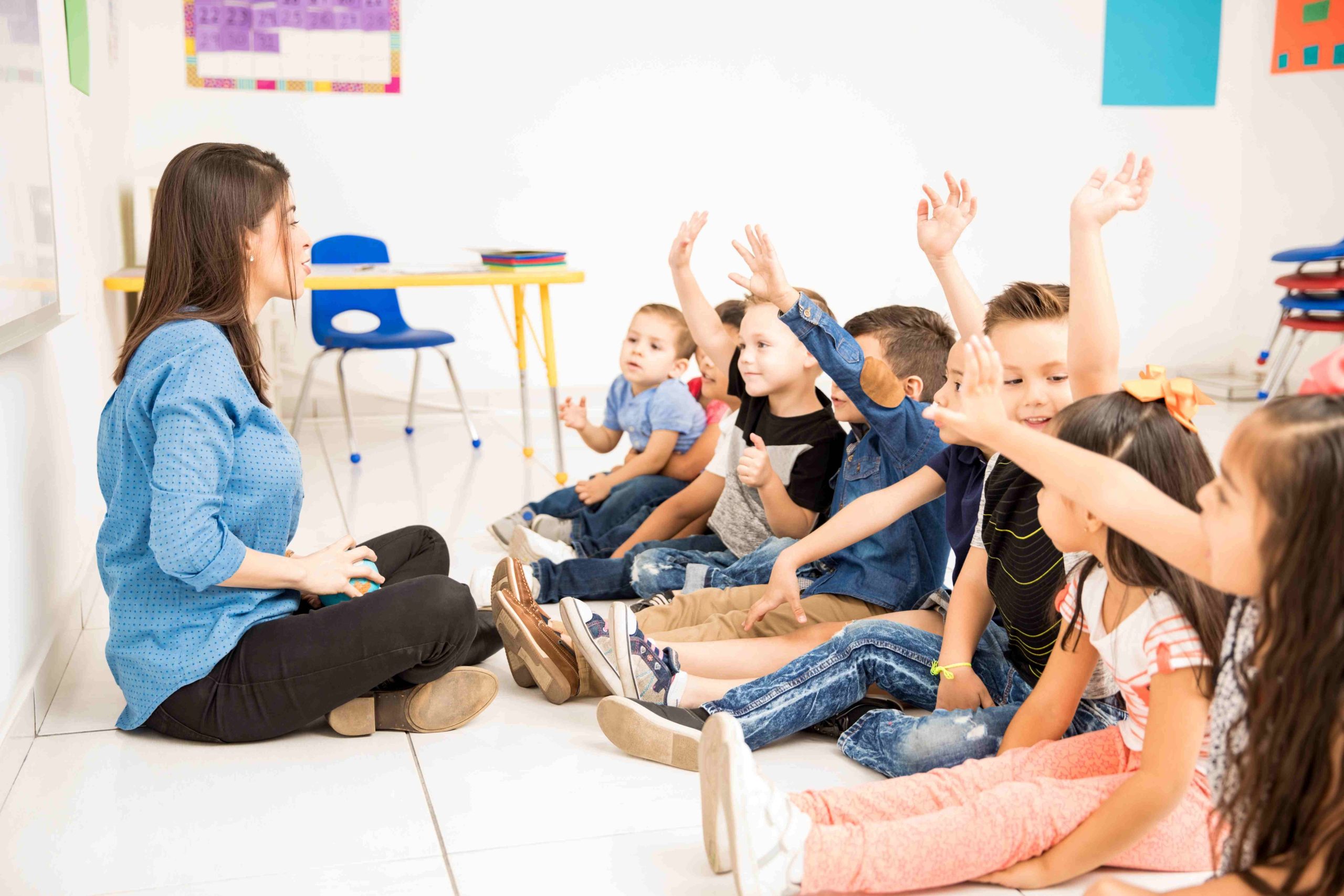
Creating an Enriching Learning Environment for Preschoolers
5 Essential Features of a Learning-Friendly Preschool Classroom
As early preschool educators, it is our responsibility to foster a stimulating and nurturing environment conducive to the growth and development of our young learners. A well-designed classroom can significantly impact a preschooler’s educational journey. Let’s explore five crucial elements necessary for creating an optimal learning environment for preschoolers.
1. Comfortable and Inviting Seating Arrangements
The seating arrangement in a preschool classroom plays a pivotal role in facilitating engagement and concentration during learning activities. Preschoolers thrive when they feel comfortable and secure. Soft cushions, bean bags, and low-rise chairs offer ideal seating options, promoting relaxation and active participation. Additionally, visually appealing furniture and cozy reading corners foster a love for learning.
2. Rich and Stimulating Learning Materials
Equipping the preschool classroom with a diverse array of learning materials is essential for encouraging exploration, creativity, and skill development. From art supplies to manipulative toys and age-appropriate books, these resources stimulate cognitive growth and foster a passion for learning. Nature-inspired materials and educational technology further enhance the learning experience.
3. Print-Rich Environment
A print-rich environment immerses preschoolers in the world of literacy, promoting early reading and writing skills. Labels, word walls, and visual aids facilitate language development, while well-stocked reading corners encourage a lifelong love for books. Shared reading sessions and discussions further enrich the learning experience.
4. Thoughtful Classroom Layout
Thoughtful classroom layout promotes organization, independence, and physical activity. Clearly defined learning areas accommodate various activities, from quiet reading to active play. Ample space for movement, safety considerations, and accessible resources ensure a conducive learning environment.
5. Personalized Learning Spaces
Recognizing the unique learning styles and interests of each preschooler, personalized learning spaces offer autonomy and engagement. Flexible seating options, tailored resources, and inclusive designs cater to diverse needs and promote independence. Incorporating technology and sensory-friendly elements further enrich the learning experience.
Conclusion
Creating a learning-friendly preschool classroom requires careful attention to detail and a deep understanding of preschoolers’ developmental needs. By integrating comfortable seating arrangements, rich learning materials, a print-rich environment, thoughtful classroom layout, and personalized learning spaces, educators can foster a supportive environment where preschoolers thrive and reach their full potential.
Supportive Classroom Management Strategies for Preschoolers
Effective classroom management strategies are vital for cultivating a positive learning environment. Clear rules and expectations, positive reinforcement, fostering a sense of community, and collaboration with parents contribute to a harmonious classroom atmosphere. By addressing challenging behaviors with empathy and appropriate interventions, educators ensure a supportive and inclusive learning environment for all preschoolers.


